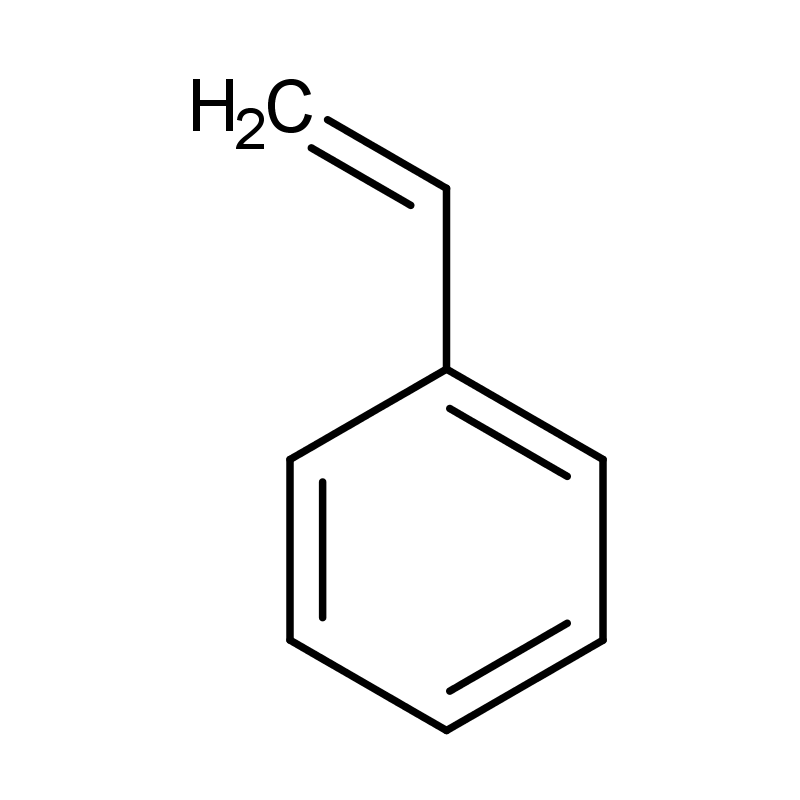-
Categories
-
Pharmaceutical Intermediates
-
Active Pharmaceutical Ingredients
-
Food Additives
- Industrial Coatings
- Agrochemicals
- Dyes and Pigments
- Surfactant
- Flavors and Fragrances
- Chemical Reagents
- Catalyst and Auxiliary
- Natural Products
- Inorganic Chemistry
-
Organic Chemistry
-
Biochemical Engineering
- Analytical Chemistry
-
Cosmetic Ingredient
- Water Treatment Chemical
-
Pharmaceutical Intermediates
Promotion
ECHEMI Mall
Wholesale
Weekly Price
Exhibition
News
-
Trade Service
1.
Introduction to PBS:
1.
Introduction to PBS:
Introduction to PBS:
Aliphatic dibasic acid and dihydric alcohol copolyester [polyadipic acid/butylene terephthalate (PBAT), polybutylene succinate (PBS), polysuccinic acid-adipic acid Butylene diester (PBSA)] is a kind of fully biodegradable polymer material
.
Although PBS and PBSA were developed earlier, due to their own performance limitations, the market usage of PBS is less than that of PBAT.
At present, the production of dibasic acid glycol copolyesters in the world is dominated by PBAT
.
According to data released by Zhiyan Consulting, as of 2019, the global annual production capacity of biodegradable plastics was 1.
077 million tons
.
2.
Experts predict the rapid growth of PBS
Experts predict the rapid growth of PBS
Polybutylene succinate (PBS) Due to the boom in succinic acid (SA) biotechnology, experts expect the production of polybutylene succinate (PBS) to usher in rapid growth
.
Like PLA, this aliphatic polymer is arguably 100% biomaterial and can be produced by hydrogenating succinic acid (SA) to produce 1,4-butanediol (BDO), or directly by fermentation
.
Among them, the current mainstream in the industry is chemical synthesis as the main production process.
Because of the high cost of biological fermentation, it is not easy to industrialize, so it is difficult to popularize the actual situation
.
In the chemical synthesis process, it is also divided into three process types: direct esterification, transesterification, and chain extension
.
3.
Domestic PBS technology progress
Domestic PBS technology progress
In domestic PBS research and industrialization, the National Engineering Research Center for Engineering Plastics of the Institute of Physics and Chemistry of the Chinese Academy of Sciences and Tsinghua University are at the forefront
.
In 2006, Anhui Anqing Hexing Chemical Company built a PBS production line with an annual output of 3,000 tons of extrusion and injection molding, relying on the technology of Tsinghua University
.
At the end of 2006, the Institute of Physics and Chemistry of the Chinese Academy of Sciences and Zhejiang Hangzhou Xinfu Pharmaceutical Co.
, Ltd.
reached a cooperation agreement to authorize Xinfu Pharmaceutical to produce 20,000 tons/year of PBS.
The annual output of injection molding grade, extrusion grade and blown film grade is 3,000 tons in the first phase and 20,000 tons in the second phase
.
This production line adopts the one-step polymerization process of the Institute of Physics and Chemistry, and is the world's first one-step PBS production device
.
In 2006, the Institute of Physics and Chemistry of the Chinese Academy of Sciences signed a PBS project cooperation contract with Jiangsu Hanjiang Jiamei Polymer Material Factory, with an investment of 50 million yuan and an output of 13,000 to 20,000 tons per year
.
And it was successfully tested in 2007
.
Shandong Huiying New Material Technology Co.
, Ltd.
also adopted the technology of the Chinese Academy of Sciences to build a PBS unit with a capacity of 20,000 tons per year, which was put into operation in 2013
.
Coupled with the 500-ton/year plant built in 2012, the total production capacity reaches 25,000 tons, which is known as the world's largest PBS production base
.
Recently, its products are also exported to Spain, bringing opportunities for China's PBS products to open up new international markets
.
In 2013, the technology of the Institute of Physics and Chemistry of the Chinese Academy of Sciences was settled in Shanxi Jinhui Zhaolong High-tech Co.
, Ltd.
, with a production capacity of 20,000 tons per year
.
In 2009, Kingfa Technology launched the PBSA project in Zhuhai, which was completed and put into trial production in May 2010 and put into production in 2011
.
The first-stage production capacity is 30,000 tons/year, and the second-stage production capacity is 90,000 tons/year
.
Its PBSA products are mainly for export
.
In 2012, Lanshan Tunhe successfully tested the PBS unit with an annual output of 10,000 tons, marking the birth of PBS degradable plastics that filled the gap in the five northwestern provinces of China, and became one of the five domestic PBS degradable plastic manufacturers
.
Shanghai Juyou Chemical is responsible for the supply and engineering design of the patented equipment for the project
.
4.
What are the economic benefits of PBS?
What are the economic benefits of PBS?
Due to the superiority of the material properties of PBS and the impact of the ban on plastics, the market price of PBS in China has risen significantly recently
.
According to data from the Huaan Securities Research Institute, the price of China's PBS market in 2019 was 30,000 yuan per ton
.
From the price released by the Degradable Plastics Committee, from September 5 to October 10, 2020, the price of PBS raw materials was 20,000-36,000/ton
.
The average price is about 32,500/ton
.
Relevant information shows that the production cost of PBS is half of the cost of PCL, so how economical is PBS? To produce one ton of PBS, 0.
6835 tons of succinic acid and 0.
6775 tons of butanediol are consumed, and about 0.
35 tons of tetrahydrofuran is produced as a by-product, of which the processing cost is about 900-1500 yuan/ton
.
According to the mainstream price of succinic acid in 2020 at 20,000 yuan / ton, the mainstream price of butanediol is calculated at 8,500 yuan / ton
.
According to the unit consumption of raw materials, the total processing cost of producing 1 ton of PBS is about 20,000 yuan/ton
.
If calculated according to the recent highest market price of PBS at 36,000 yuan/ton, taking into account by-products, the production of one ton of PBS can create an output of about 44,000 yuan, and its profit margin is about 22,000 yuan/ton
.
(Data source: Chemical Industry Pingtou Ge)
It should be noted that management expenses, financial costs, equipment sharing and capital use costs are not considered in the production process
.
From the calculation results, there is a large profit margin in the production of PBS
.







